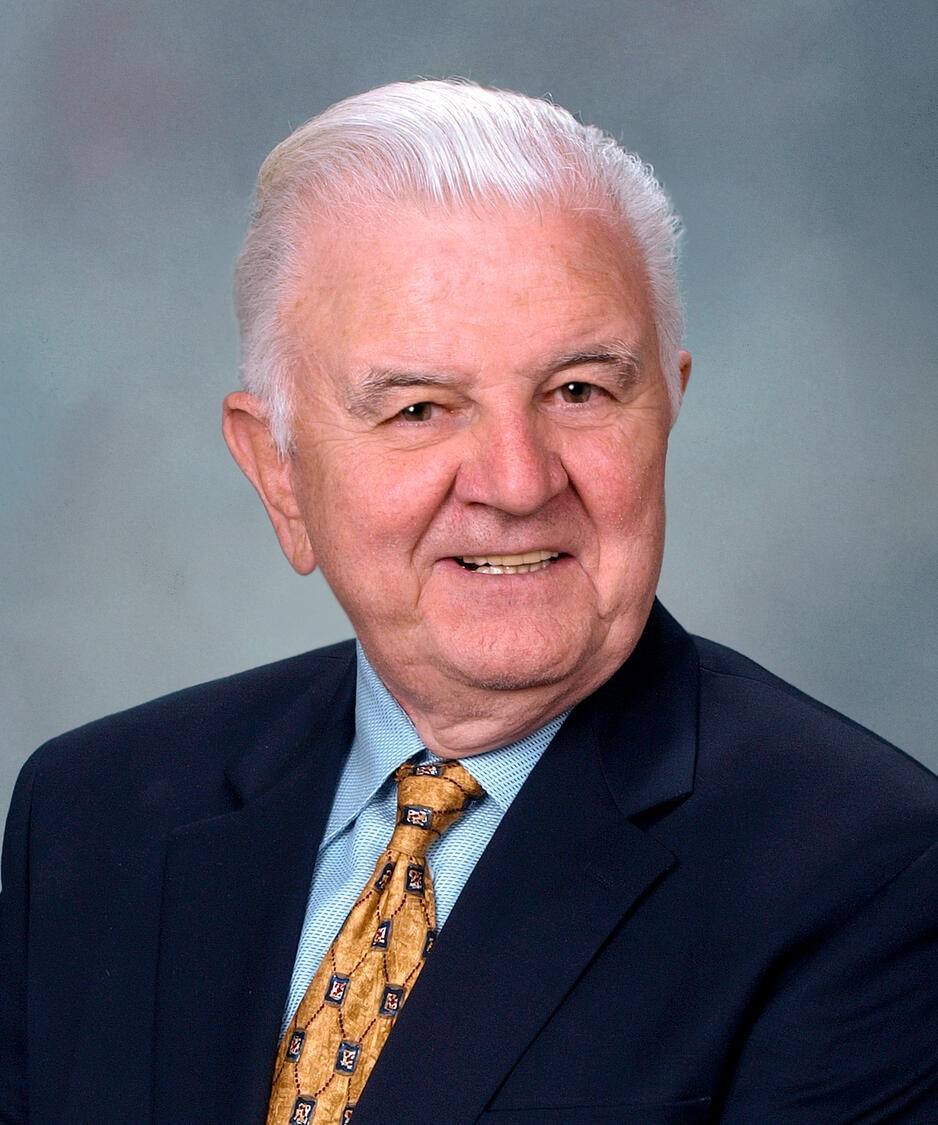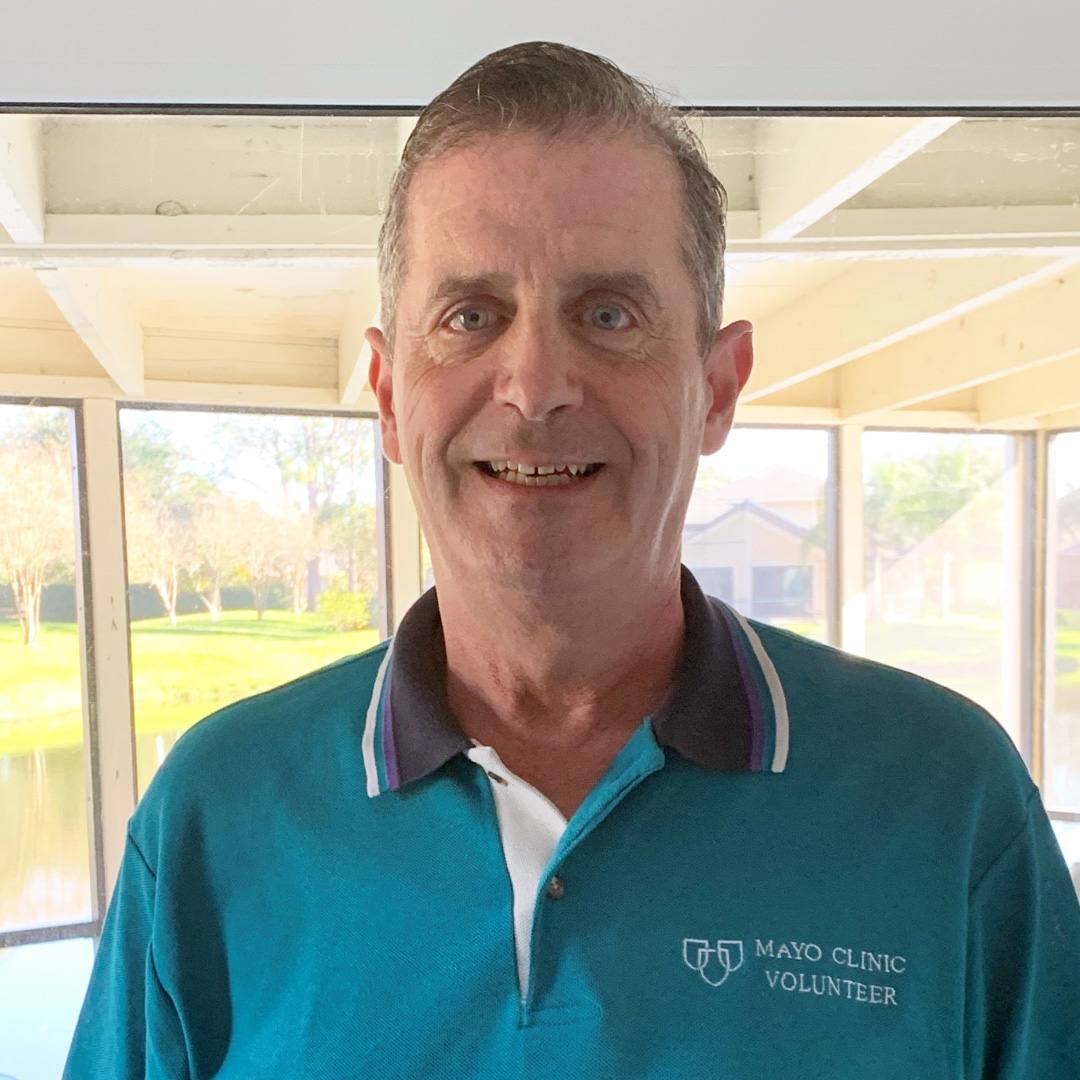-
Featured News
In the Loop: Hoping she won’t have to hide from the sun

Monica Fleegel was an infant when her parents realized she was "allergic" to the sun. At least that's what they were told was causing the severe reactions she had after being in the sun for even a few minutes. Doctors diagnosed "sun allergies," and Monica spent most of her time indoors. At home, that meant reading books, playing games and watching out the window as other children played outside. At school, "I tried to hide in the shade during recess and phy-ed," Monica tells us. If she didn't, she paid a high price. "The reaction I get to the sun is a burning from deep inside, and feels like holding your hand on top of a broiler," she says. "Having a sunburn doesn't begin to compare."
Monica's understanding of her condition changed in 1971 when a family member had a "really bad sun reaction" while camping. He came to Mayo Clinic's Department of Dermatology hoping for an answer. After meeting with Harold Perry, M.D., her family member learned his symptoms were caused not by an allergy but by a rare disorder called erythropoietic protoporphyria (EPP for short). Dr. Perry couldn't offer a treatment, but he did offer something Monica's family had never had before: comfort in having a diagnosis, and hope that there might someday be a cure. "He gave us a name for what was happening," Monica says. "We knew that if there was a cure, he would make sure we got it." Read the rest of Monica's story.
____________________________________________
This story originally appeared on the In the Loop blog.







